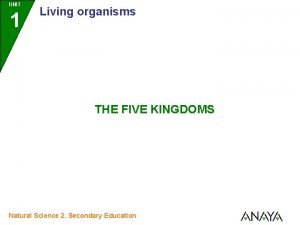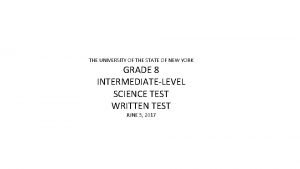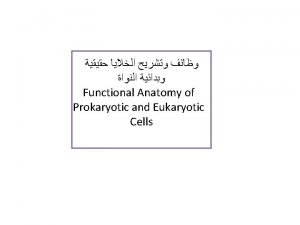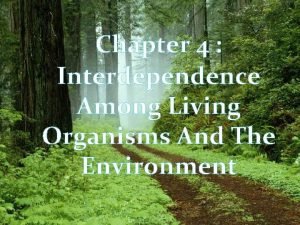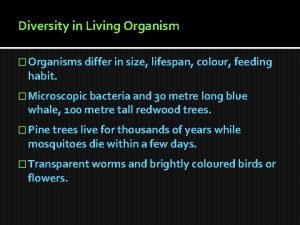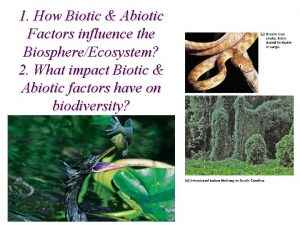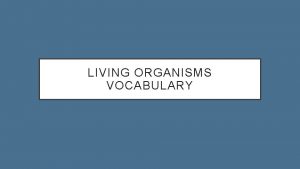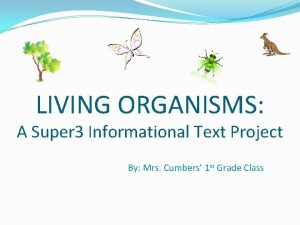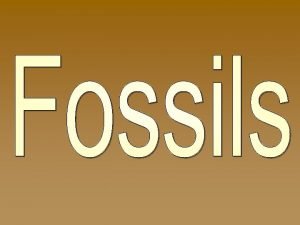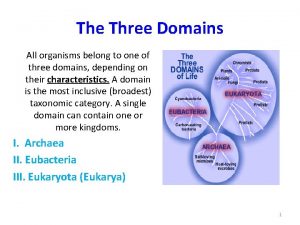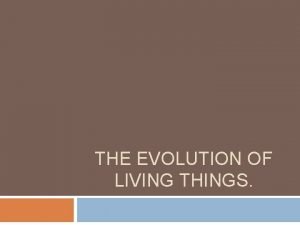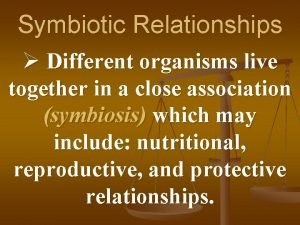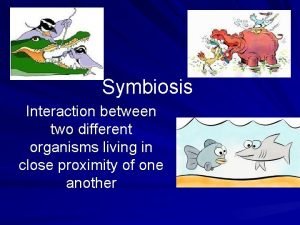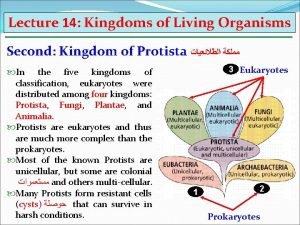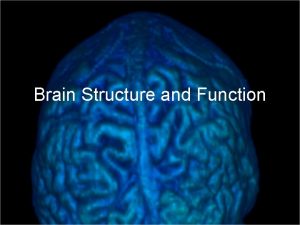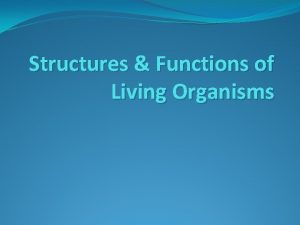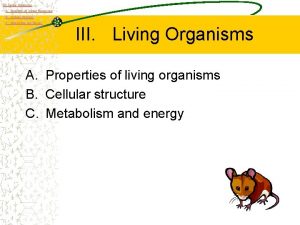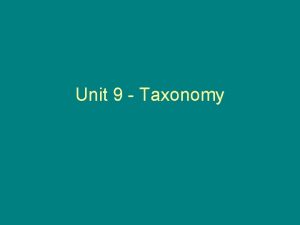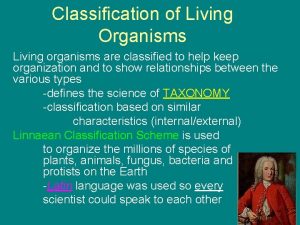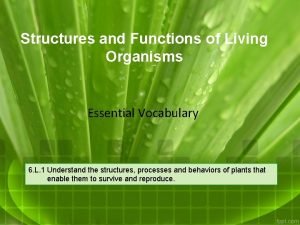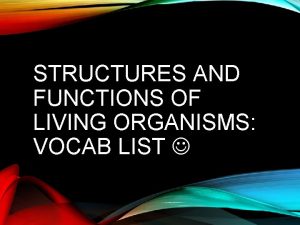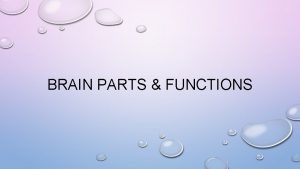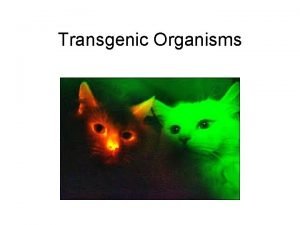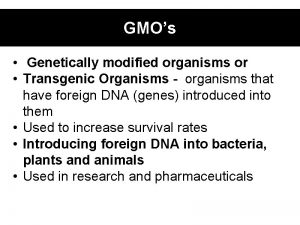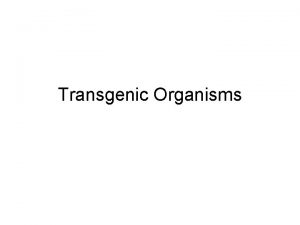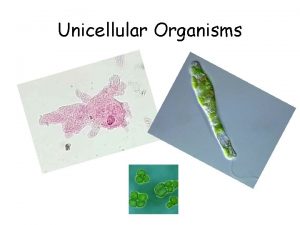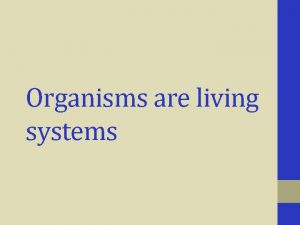Structures Functions of Living Organisms Living Organisms What

































- Slides: 33

Structures & Functions of Living Organisms

Living Organisms �What do you think is the largest living organism? �What do you think is the smallest living organism? �Make a list in your notebook of 5 of the largest and 5 of the smallest living things that you can think of.













What really is the smallest organism?

Single Celled Organisms �What characteristics do single celled (unicellular) organisms have in common?

Single Celled Organisms �How do unicellular organisms differ from one another?

Single Celled Organisms �What characteristics do unicellular organisms such as the ones you have just seen share with multicellular organisms such as birds, dogs, or humans?

Single Celled Organisms �How do these unicellular organisms get nourishment, water, and oxygen and get rid of waste?

Single Celled Organisms �How do unicellular organisms move?

Single Celled Organisms �How do unicellular organisms reproduce?

Single Celled Organisms �A CELL is the basic unit of life. �These single celled organisms are classified as PROTISTS. �Protists are unicellular EUKARYOTIC organisms. �Eukaryotic means cells that have membrane bound organelles. The organism’s DNA is found inside a nucleus.

Types of Single Celled Organisms �There are 3 major classes of Protists: �Animal-like protists �Plant-like protists �Fungus-like protists

Animal-like Protists �The PARAMECIUM is animal-like �It has short hair-like structures, called CILIA, that beat rapidly to move the paramecium along.

Animal-like Protists �The AMOEBA is animal-like �It moves and eats by extending it’s false foot to surround it’s food.

Plant-like Protists �The EUGLENA is plant-like. �It has CHLOROPLASTS which allow it to make it’s own food. �The process of making it’s own food is called PHOTOSYNTHESIS �A euglena moves by whipping it’s FLAGELLUM around.

This is a picture of a Euglena

Plant-like Protists �The VOLVOX is plant-like. �It is a type of green algae that can be found in groups called colonies. �Usually found in fresh water.

Lots of Organelles! �Organelles are like little organs for the cell, carrying out specific jobs for the cell to function properly. �Cell membrane: semi-permeable membrane that holds the cell together and allows gases to pass through it. �Cytoplasm: the liquid inside the cell �Contractile vacuole: moves water in and out of the cell �Food vacuole: where food is digested �Nucleus: where DNA is stored �Pseudopod: a “false foot” used for movement

Lots of Organelles! �Chloroplast: where photosynthesis occurs �Gullet & Mouth Pore: mouth-like area that takes in food �Eyespot: used to detect light for plant-like protists �Flagellum: whip-like tail used for locomotion �Cilia: hair-like structures along the outside of the cell used for locomotion �Oral groove: pushes food into a food vacuole for digestion �Anal pore: passes waste out of the cell

How can we see these things? �These organisms are MICROSCOPIC. �We need to use a microscope in order to see them. �Do you remember how to use a microscope? ?


TIME TO PRACTICE! �Now it’s your turn to practice your microscope skills! �Make sure to follow ALL directions on the lab sheet.
 Blue things
Blue things Function of homologous structure
Function of homologous structure Competitive interaction
Competitive interaction Unicellular and multicellular organisms
Unicellular and multicellular organisms What are the five kingdoms of living things
What are the five kingdoms of living things What do the rabbit, fungus, and tree have in common? *
What do the rabbit, fungus, and tree have in common? * Are all living things based on the metric system
Are all living things based on the metric system Fungi cell
Fungi cell Apkbs
Apkbs Living organisms differ in
Living organisms differ in Living organisms and their surroundings
Living organisms and their surroundings Two different organisms living together
Two different organisms living together Sixkingdoms
Sixkingdoms What is the smallest unit of living organisms
What is the smallest unit of living organisms Living organisms
Living organisms Different types of fossil
Different types of fossil The three domains of life
The three domains of life Evolution of living organisms
Evolution of living organisms Two different organisms living together
Two different organisms living together Parasitism
Parasitism Small living creatures tom
Small living creatures tom Unicellular living organisms
Unicellular living organisms Remains imprints or traces of once-living organisms
Remains imprints or traces of once-living organisms Smallest living unit of life
Smallest living unit of life Limbic system structures and functions
Limbic system structures and functions Cell structure and function graphic organizer
Cell structure and function graphic organizer Function of amygdala in limbic system
Function of amygdala in limbic system Cell organelles graphic organizer
Cell organelles graphic organizer Moss living or nonliving
Moss living or nonliving Living non living dead
Living non living dead Absolute value functions as piecewise functions
Absolute value functions as piecewise functions Evaluating functions and operations on functions
Evaluating functions and operations on functions Evaluating functions and operations on functions
Evaluating functions and operations on functions Gcse computer science wjec
Gcse computer science wjec




